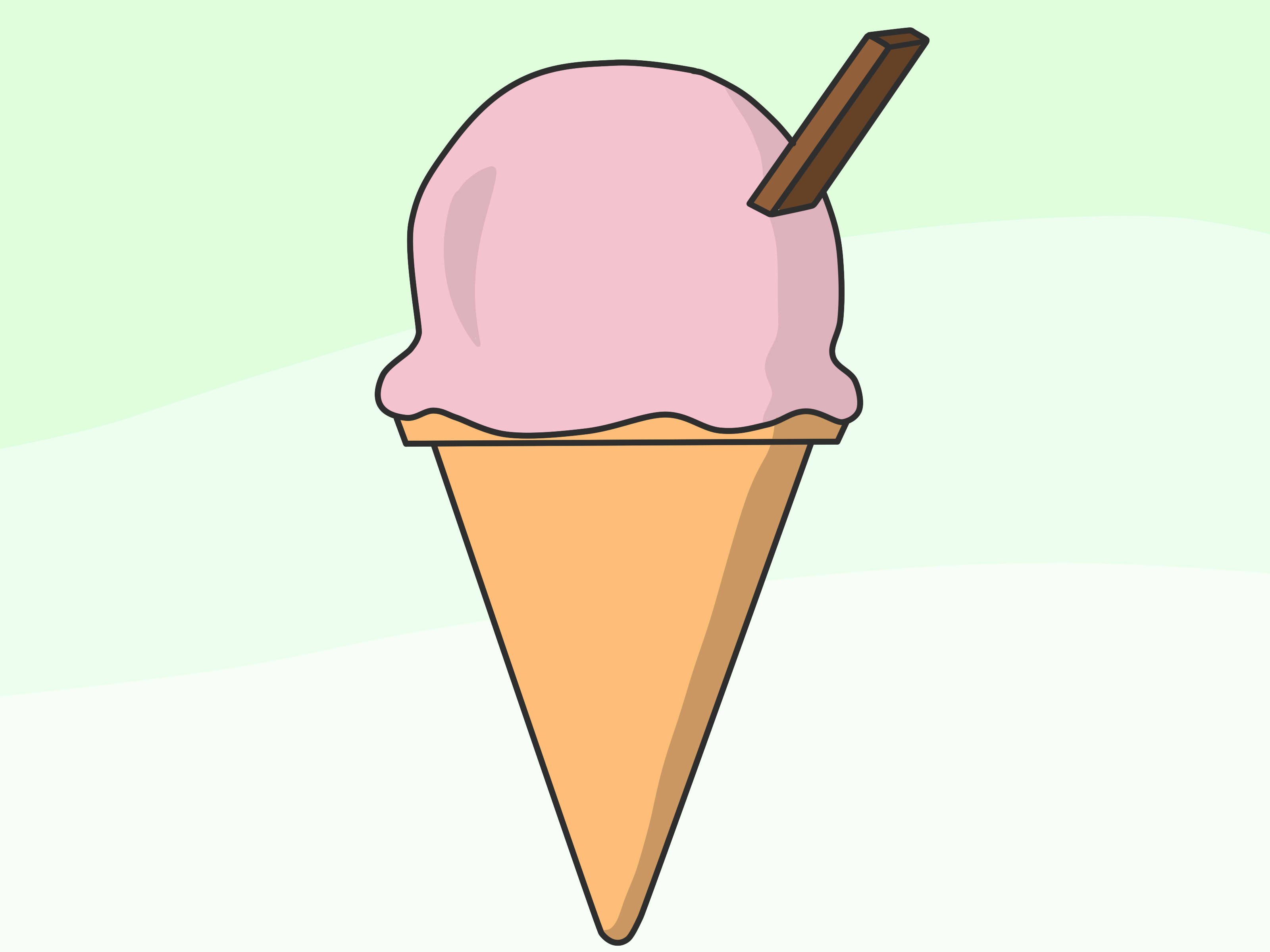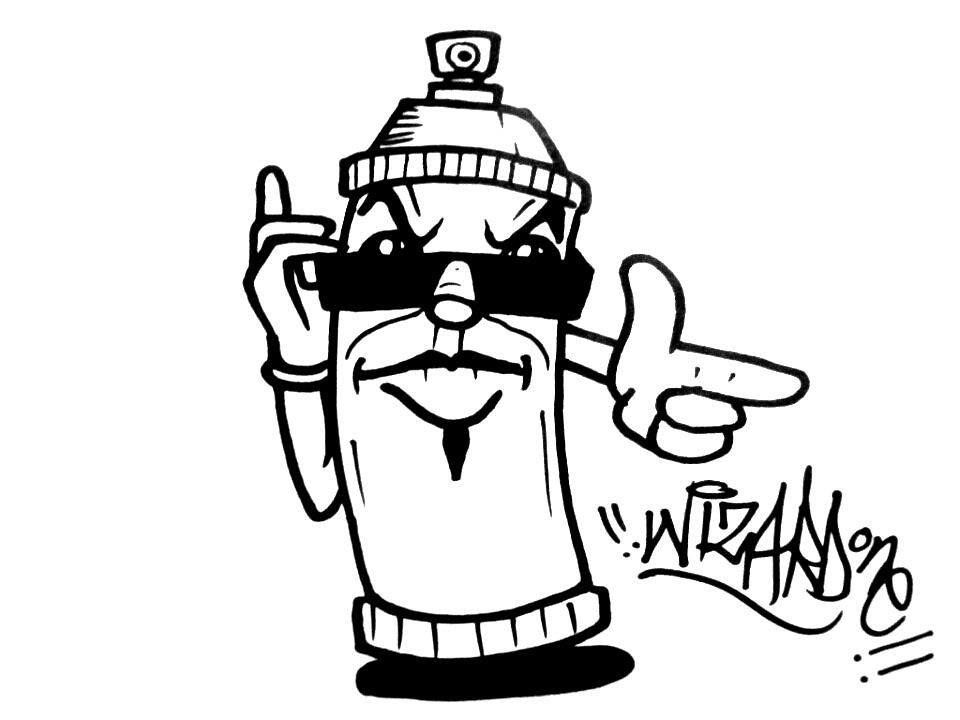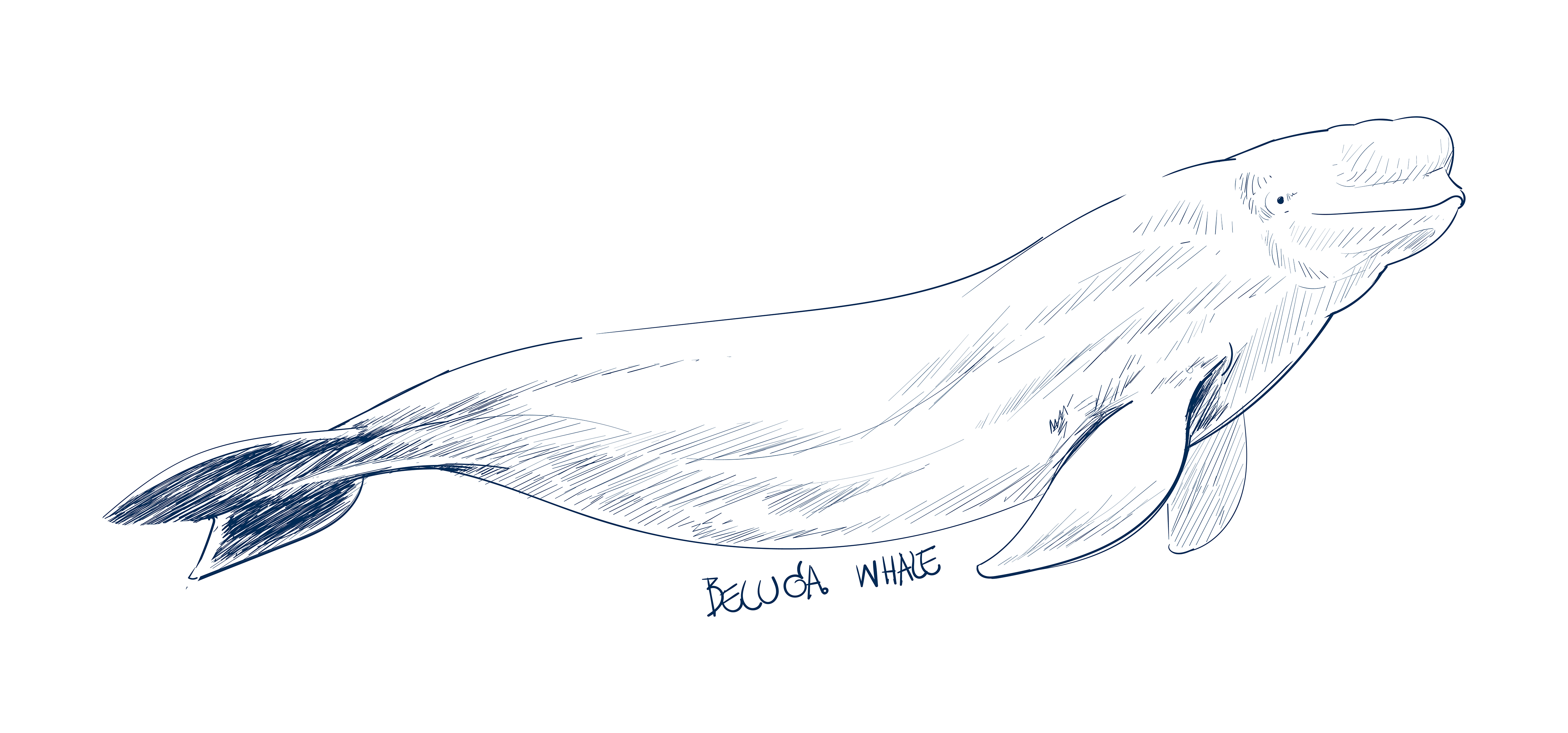Leisha marie i draw a lot more fight scenes
Table of Contents
Table of Contents
Are you struggling to draw engaging fight scenes that captivate your readers? Drawing action-packed battle sequences can be a daunting task, but fear not! In this article, we’ll cover the essentials of how to draw fight scenes and equip you with the skills to create dynamic and tension-filled art pieces. So, sit tight, sharpen your pencils, and let’s get started!
Pain Points of Drawing Fight Scenes
One of the main difficulties in drawing fight scenes is capturing the movement and action of the characters. It can also be challenging to create a sense of continuity of movement and make the scene appear cohesive. Additionally, it takes practice to understand and illustrate the appropriate amount of force behind each blow and balance the anatomy and composition of the drawings.
How to Draw Fight Scenes
Before starting, it’s crucial to have a clear idea of what you want to portray. Visualize the scene in your mind and create a rough sketch. Focus on the placement and movement of the characters before detailing the anatomy. It’s also important to utilize reference material, such as videos or photos of martial arts techniques, to ensure accuracy in your drawings.
When drawing characters in motion, use quick and fluid lines to indicate movement and avoid making them look stiff or rigid. Play around with the perspectives and camera angle, and use different line weights to emphasize the action and direction of the scene. Also, remember to convey the impact of the blows by depicting the characters’ reactions and any environmental damage that might occur.
Summary of How to Draw Fight Scenes
To draw captivating fight scenes, visualize your desired outcome, use reference material, sketch, focus on characters’ movements, utilize various perspectives, and emphasize the impact of the fight. Be deliberate with your lines and shading, and continue to practice and refine your skills.
The Importance of Emotion
Moving beyond the physical aspects of fight scenes, the emotional component plays an essential role in crafting engaging sequences. Tension, fear, or determination of the fighters must be palpable, and the emotion should be consistent throughout the scene. This is where the use of facial expressions, textures, and background elements comes into play.
For example, to convey tension, you could have sweat dripping from the fighters’ brows or muscles tightened, and to show fear or surprise, you might depict widened eyes or a dropped jaw. Background elements, such as broken glass or debris scattered, can help add to the tense atmosphere and create a more immersive experience for the viewer.
The Importance of Backgrounds and Environment
Adding background elements and environments can transform a simple fight scene into a complex and dynamic piece of art. Consider the setting of the fight, and incorporate key elements that add to the story, such as weapons or obstacles. The surroundings can also affect the impact of the fight and can be used to create depth and contrast in the piece.
Moreover, understanding the light source and shading accordingly can add to the three-dimensionality of the work and create more realistic illustrations.
Plot and Narrative
Finally, while an action-packed fight scene may be impressive, it can become meaningless if it’s not accompanied by proper context and storytelling. Make sure the scene fits into the narrative of the story and contributes to character development or plot advancement. Focusing solely on the physical aspect of the scene without considering its role in the story can result in an insignificant moment that does not move the story forward.
Question and Answer Section of Drawing Fight Scenes
1. How can I improve my fight scene drawing skills?
Practice, practice, practice! Continuously experiment with various perspectives, backgrounds, and character movements to refine your skills. Additionally, use reference material, such as videos or photos, to enhance your understanding of anatomy and technique.
2. How do I create motion blur in my drawings?
To create motion blur, you can use techniques such as smudging or using a soft brush. This technique can give the impression of motion by blending the lines and creating a blurred effect to emphasize the characters’ movement.
3. How do I make a fight scene dynamic?
To make a fight scene dynamic, switch up the angles and perspectives, play with the camera’s distance, and use different line weights to emphasize the action and direction of the scene. Additionally, focus on the characters’ movement and expressions, and incorporate the environment and storytelling elements to create a meaningful and engaging sequence.
4. Can I draw fictional fight styles?
Absolutely! In fact, creating fictional fight styles can add a unique element to your artwork and make it stand out. However, it’s essential to ensure that the drawings remain consistent in their style and techniques and remain true to the characters’ abilities and story.
Conclusion of How to Draw Fight Scenes
Drawing a fight scene can seem like a daunting task, but by following the steps outlined above, you can create dynamic, engaging, and immersive art pieces. Consider the physical aspects, emotional context, story and narrative, and continually practice and refine your skills. By mastering the art of fight scene drawing, you can captivate your audience and provide them with an unforgettable experience.
Gallery
LEISHA-MARIE; I Draw A LOT.: More Fight Scenes.

Photo Credit by: bing.com / fight scenes draw gestures
Anime Fight Scene Drawings

Photo Credit by: bing.com / mma enregistrée
How To Draw Fight Scenes - YouTube

Photo Credit by: bing.com / scene draw fight action fighting drawing scenes easy poses perspective reference anime drawings manga tutorial sword cool sketches pose characters
Anime Fight Scene Drawings

Photo Credit by: bing.com /
How To Draw Fight Scenes: Fireball VS Sword (Time Lapse) - YouTube

Photo Credit by: bing.com / fight draw scenes sword fireball drawing manga vs drawings poses learn pose reference lapse





